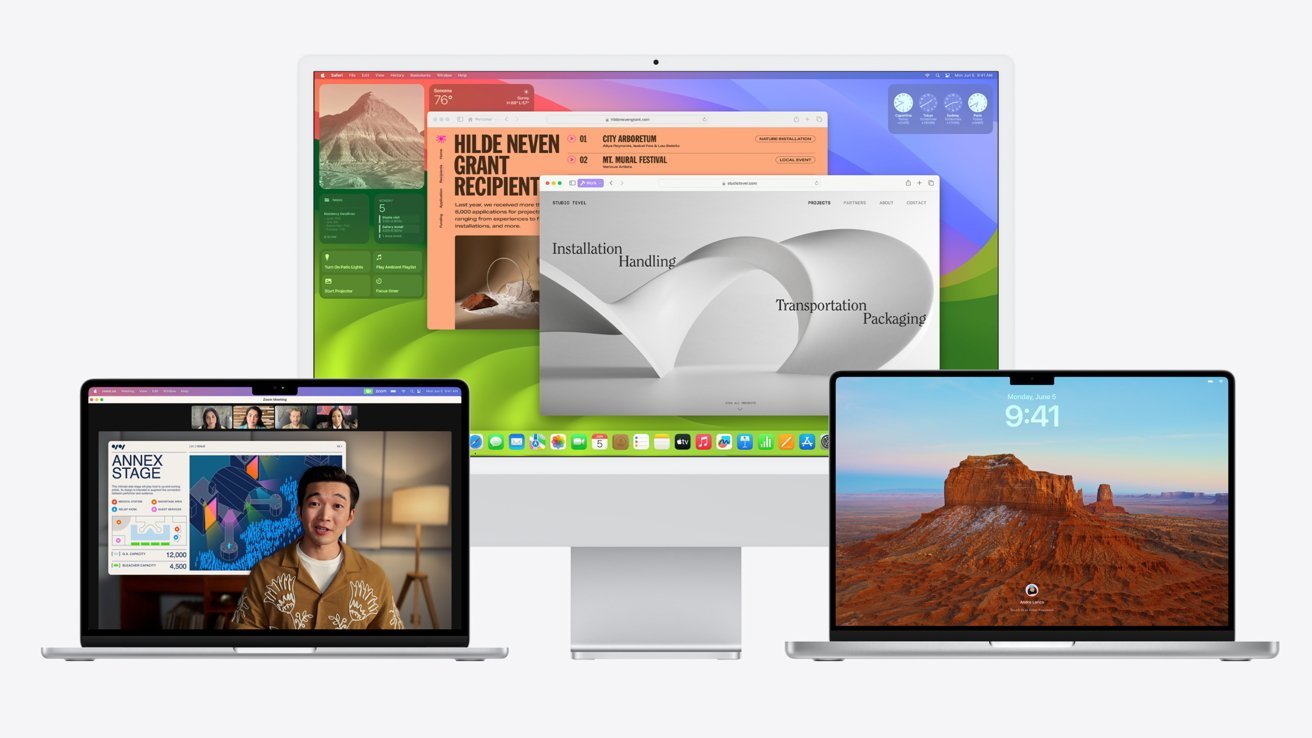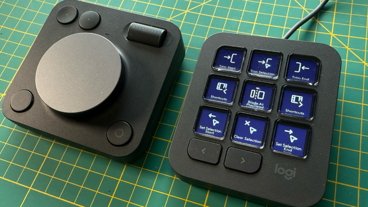A number of macOS users are finding the fourth developer beta of macOS Sonoma to be unusable, with boot loops and failures to install occurring for some trying out the in-development operating system.
Software betas, as well as operating system betas, can be known to cause problems for testers for various reasons, and Apple's software is no exception. It seems that, in the case of the fourth developer beta of macOS Sonoma, some are finding it tough to get going with the newest build.
A small number of users installing the fourth beta build of macOS Sonoma are discovering issues getting the update installed onto their Mac. Though some teething issues are to be expected for any OS installation or a beta update, it seems the problems are more prevalent in the latest round.
After attempting the installation, some users discover that the Mac boots up with a black screen, with the only seeming signs of activity being the backlit keyboard illuminating on MacBook Air and MacBook Pro.
In some cases, as first spotted by MacRumors, users can also see a mouse pointer on the display, but nothing else. On Reddit, the issues extended to stalling at the Apple logo, stalling during the installation process, kernel panics prompting reboots, and other cases of unresponsiveness.
A few of the affected users reportedly got the installation working via a recovery, though more apparently opt to revert back to the third beta instead.
Release notes for the fourth beta do mention that an installation could freeze, but it only specifies the instance of installing to a HFS-formatted volume on an Intel Mac. In many of the reported cases, it seems that the vocal users are using Apple Silicon Macs and experiencing the issues.
As AppleInsider recommends at the release of each new beta build, users should avoid installing beta operating systems or beta software onto "mission-critical" or primary devices due to the potential for issues and data loss. Instead, secondary or non-essential hardware should be used for testing, and that users should ensure there are sufficient backups of their data made beforehand.
 Malcolm Owen
Malcolm Owen







-m.jpg)






 Marko Zivkovic
Marko Zivkovic
 Christine McKee
Christine McKee
 Andrew Orr
Andrew Orr
 Andrew O'Hara
Andrew O'Hara
 William Gallagher
William Gallagher

 Mike Wuerthele
Mike Wuerthele
 Bon Adamson
Bon Adamson




-m.jpg)



3 Comments
I've been having this experience all along. My problems turned out to be due to the fact that I was trying to use an external hard drive for it. Specifically a USB-C drive. After reading this thread on MacRumors, I switched to a Thunderbolt drive and everything has worked fine since.
I know everyone's experience is different, but this is one of the smoothest DB rollouts I've experienced. There have been a few minor glitches I've made reports on, but no showstoppers (for me, 14" M1 Pro).
I agree with Dagaz, I have Sonoma 4th beta running on a Mac Studio Ultra and it is very stable for me.